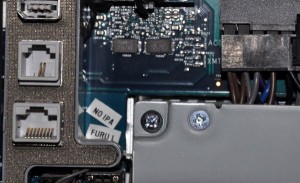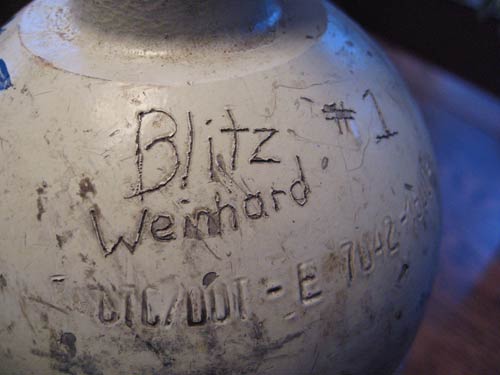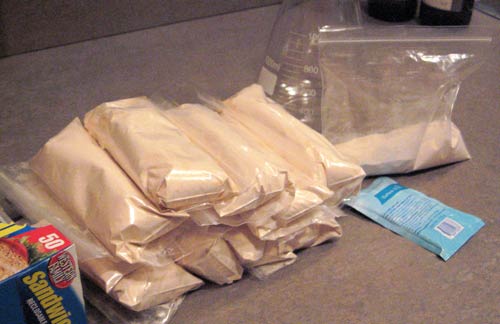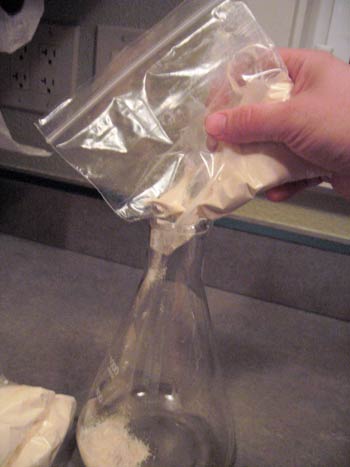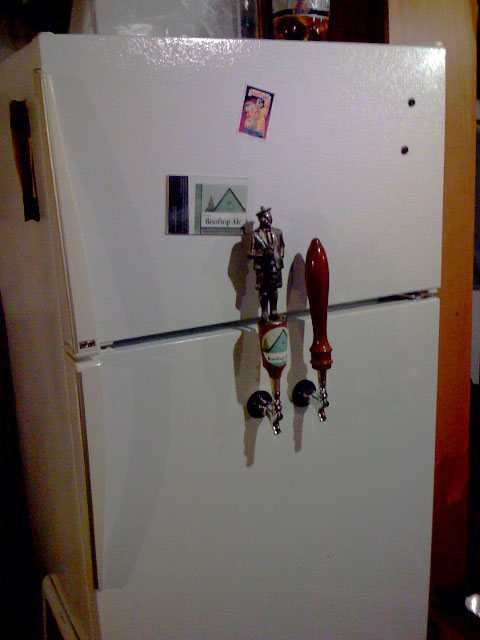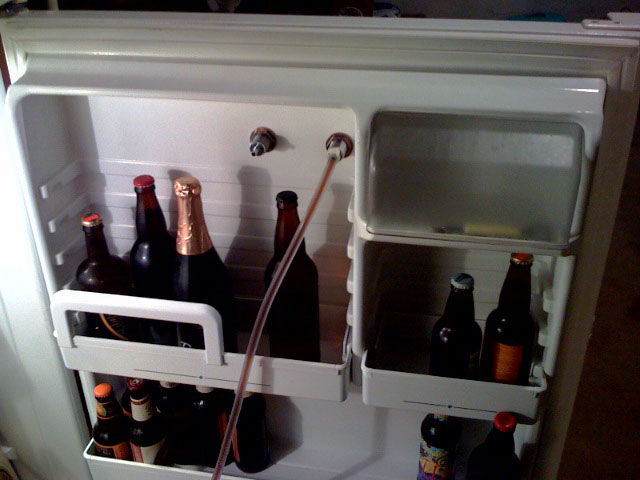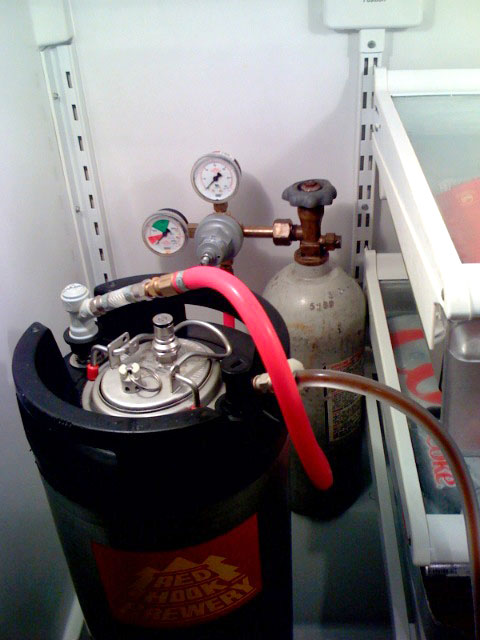I successfully brewed a robust porter on Sunday. The entire process lasted about 5 hours from setup, to tear down and cleaning. The mash tun worked very well, and only leaked a couple drops when I wrenched on the faucet the first time. It held temperature like a champ, though my strike temp was a little low, so I was mashing at 151F for the first 20 minutes. I got it up to 153, but it was a pain with the small 1 gallon kettle. Note to self, get 5 gallon back from Alan.
I didn’t take any pictures, mostly because I was so focused this first time, and because I was trying to fit some other chores in as well, like playing air guitar to a few Primus albums. Pictures will be taken, however, during the next batch for photo proof of the success of the mash tun.
Measuring temperature was a challenge at first. I bought a small thermometer that can be twisted to adjust the sensitivity. The problem was that the sensitivity is in the 10 degree Fahrenheit range, and each twist is in the 10 degree range as well. So,I was on my mashing temp + or – 10 degrees. I quickly realized this wouldn’t work, so I snagged my wife’s electric meat thermometer and set it on Pork, partly as a nod to B.S. Brewing, and partly because 170 (Pork), is the mash out temperature.
This thermometer worked much better and I could see it from the doorway, so I asked Michelle, who was out running errands, to pick me up my own. I don’t want to end up with another Salted Ham IPA. She also picked up a new timer, a kitchen gadget we both use, but the steam from my brewing is probably what made the battery corrode and the LCD go bad.
Anyway, so the mash went really well, though I ended up stopping the lauter process a few times to heat more water. This probably inadvertently mashed it a little more, but the mash looked good and I got 7 gallons that I boiled down to around 6 gallons at an O.G. of 1.060. The tun worked well, and I only had one “oh shit” moment when I realized I forgot to pick up some iodine to check for starch conversion. I remembered what Palmer said though and tried a little iodophor, which did not turn black. Now the beer is happily fermenting away and should be racked to secondary on Friday or Saturday.
